How to get rid of brambles: an expert's guide for a spike-free garden
Brambles are one of the most unwelcome invasive plants, and with their spikey stems, it's important to know how to dispose of them safely and efficiently
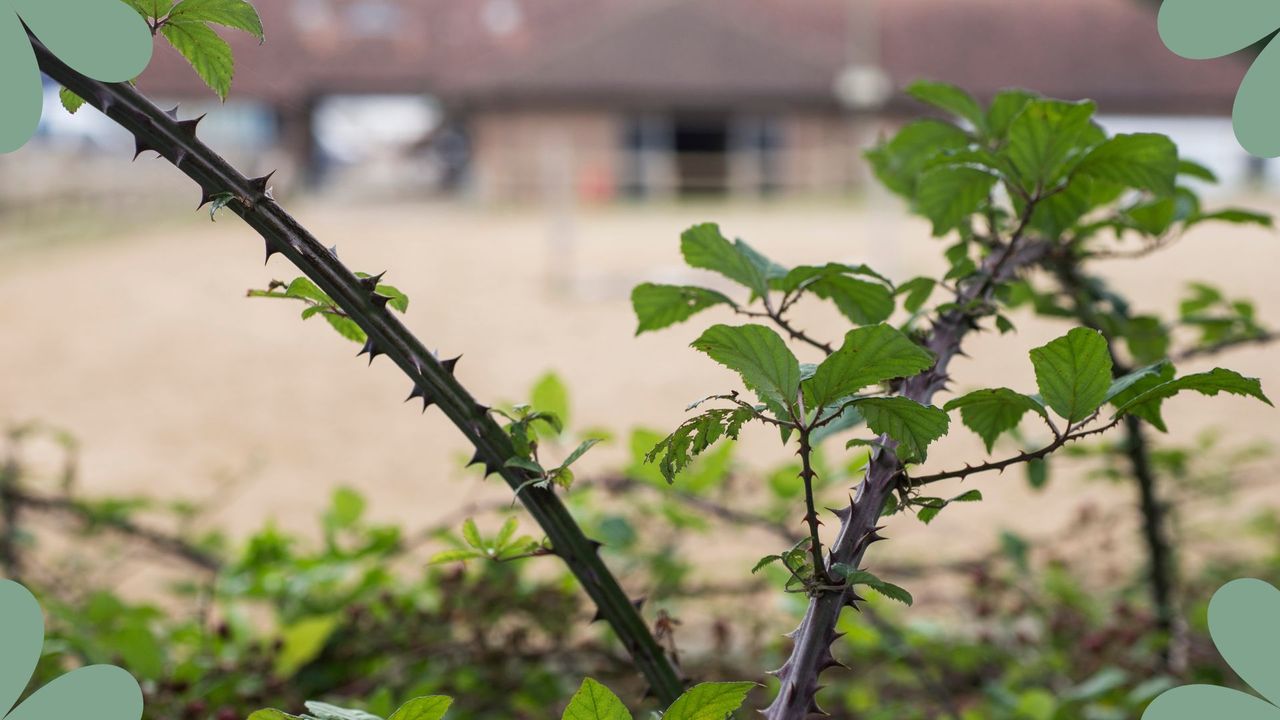

When it comes to invasive plants, brambles are probably one of the worst kinds to be overrun with. Not only are they a stubborn species to get rid of but they're also dangerous to have around. We asked experts how to get rid of brambles, so that you don't have to battle with them all season.
Even though brambles aren't one of the most common invasive plants, the chances that you've had a nasty run-in with them at some point are high. The biggest problem with then? The thorns. They'll hook into your fingers, and snag your clothes, making brambles a risk to have around and a challenge to remove from your garden.
Unless you participating in the rewilding trend, you'll probably want to rid your garden of these spikey plants. So we asked garden experts what the best method for getting rid of brambles is, as well as how to stop them from retuning to your garden.
How to get rid of brambles: an expert's guide
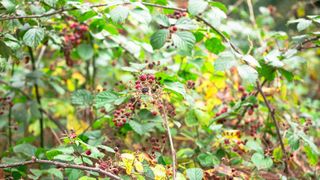
Similar to how you'd get rid of bamboo, there are some particular steps and tools needed to truly get rid of brambles for good. Whilst brambles won't spread as quickly or ruthlessly as bamboo or ivy, it is important to stay on top of their maintenance and prevention.
Here's what you'll need...
- Spade
- Fork
- Secateurs
- Gardening gloves
- Brush cutter or Strimmer
- Herbicide (optional)

RRP: £14.99 | These Gold Leaf RHS collections Chelsea Ladies Comfortable Leather Gardening Gloves are perfect for any job you need to tackle in your garden, even for pulling out stubborn brambles.
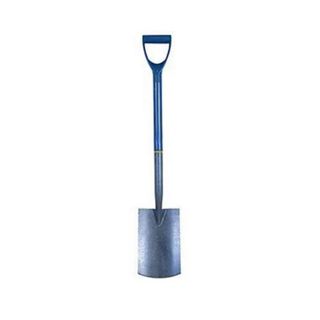
RRP: £26.49 | It's always best to invest a little more money into your gardening tools if you can. Not only so they do the job right they also last longer. This one from B&Q has a hammer-finished blade and comes with a year guarantee.
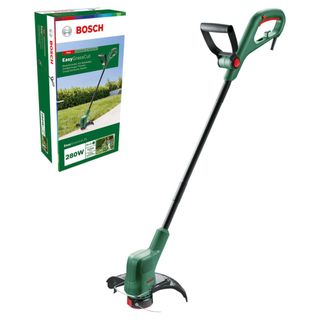
RRP: £33.95 | If you're looking to make the task a little easier, investing in a strimmer is the way to go. It's also a great way to take out the bulk of the brambles without getting your hands cut up.
1. Prevention
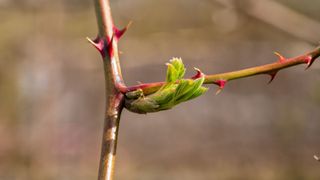
Removing invasive plants can be an absolute nightmare, as you may have experienced when trying to get rid of ivy in your garden. For this reason, the best way to tackle them is to prioritise prevention.
Fiona Jenkins, gardening expert at MyJobQuote, says, "the best way to remove brambles is to pull up seedlings before they have a chance to establish themselves and get too big. The seedlings will typically appear in the spring and are relatively easy to dig up."
Sign up for the woman&home newsletter
Sign up to our free daily email for the latest royal and entertainment news, interesting opinion, expert advice on styling and beauty trends, and no-nonsense guides to the health and wellness questions you want answered.
Keeping on top of your garden maintenance throughout the year means you can be ahead of the game when plants like these start to pop up.
2. Trim the pre-established bush
Should you have left your garden to the wayside for longer than you planned then you might have been met with a full-grown bramble bush. When this is the case it's now a matter of removal and the first step is cutting it down.
"If you have an established patch of brambles and you want to know how to get rid of brambles, use an extendable hedge cutter, brush cutter or loppers and trim the stems back to about 12 inches high. As brambles root from their arching stem tips, you may have to cut the stems in several different places and reduce them gradually," says Fiona.
Whilst hedge cutters might not make the list of the essential tools every gardener needs, they're absolutely perfect for this particular job and foliage maintenance in general.
3. Remove the roots

Once you've cleared the cut stems away, don't feel tempted to use them on your homemade compost pile as that can risk regrowth and possible spread. Next, it's time to tackle the hardest part which is the roots.
Fiona suggests using a spade, garden fork or pickaxe to get underneath the main stem of the bramble to access the bulbous root. When people ask her how to get rid of brambles, she explains that you'll need to, "loosen the soil around the main stump so that you can remove the entire mass of roots. Brambles can regrow from the smallest piece of root so it’s important to remove as much as possible."
After removing the bulk of the roots Fiona recommends levering the main stump and as much of the attached roots as possible to pull them out of the soil. Then, incinerate the rooms once they've dried and turned brown or take them to your local recycling centre as green waste.
4. Use chemicals if necessary
If you're not participating in the rewilding trend and are more than happy to use a little more aggressive method then herbicides can help with bramble removal.
"It's possible to kill brambles with weed killer but you also risk killing off all other growth in the area. To reduce the risk to surrounding plants, cut the brambles back to about 12 inches as described above and then apply the weedkiller directly to the cut stems. It will travel to the roots and prevent any new growth," explains Fiona.
Take precautions when using herbicides and make sure your skin is protected as well as your airways.
FAQs
Have can you stop brambles growing back?
The best ways to remove brambles from the garden are the ways that ensure that they don't come back. It's not easy, but it's doable.
Georgina O'Grady, Managing Director at Evergreen Direct, says, "to prevent brambles from regrowing, I suggest sticking to a routine where you clear and monitor the area on a regular basis. You'll want to apply a thick layer of organic mulch to the soil as a way of stifling the remaining roots."
In truly extreme cases, Georgina suggests using a barrier cloth to limit any future sprouting. This can also be a great opportunity to use old towels in your garden as they can also act as a barrier to stunt unwanted growth.
Why do brambles grow in your garden?
If you're asking how to get rid of brambles then you're probably also wondering why a bramble bush has chosen to haunt your garden. Similar to how some of the best plants every garden needs might particularly thrive in your space, brambles react well to certain soil conditions.
"Brambles flourish in gardens because of their robust growth pattern and spread quickly through networks of thorny branches. They often take root in neglected or overgrown areas with poor soil conditions, but can also infiltrate well-kept gardens if left unchecked," explains Georgina.
This is why it's so important to know how to sort your garden out and regularly go out there to maintain it. If left for too long, your outdoor space could be taken over by invasive plants.
The most important piece of advice that every expert gave me when I asked them how to get rid of brambles in a garden was to go slow and steady with the stems. The thorny stems of brambles can form a protective habitat for nesting birds and small animals. The plant can also attract wildlife like bees and butterflies due to the flowers that grow on them. So if you do choose to remove it, take it steady so you don't destroy any animal homes.

Emily joined woman&home as a staff writer after finishing her MA in Magazine Journalism from City University in 2023. After writing various health and news content, she now specialises in lifestyle, covering unique cleaning hacks, gardening how-tos, and everything to help your houseplants thrive.
-
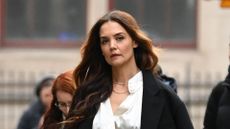 Katie Holmes broke an unspoken fashion rule in tights and mules - her shoes are available for less than £100 on Amazon
Katie Holmes broke an unspoken fashion rule in tights and mules - her shoes are available for less than £100 on AmazonThe statement gold kitten heels are a surprisingly versatile spring staple
By Charlie Elizabeth Culverhouse Published
-
 The diet linked to longer and better sleep, revealed by new study
The diet linked to longer and better sleep, revealed by new studyThe study looked at data from tracking apps to see what foods were more likely to lead to better sleep
By Kat Storr Published
-
 How often should you wash your bath mat? Cleaning experts share their advice
How often should you wash your bath mat? Cleaning experts share their adviceAre you cleaning your bath mat frequently enough? You might be surprised by the recommended regularity
By Emily Smith Published
-
 Mary Berry’s new Mediterranean-inspired kitchenware is a masterclass in timeless tablescaping
Mary Berry’s new Mediterranean-inspired kitchenware is a masterclass in timeless tablescapingWhat better way to celebrate Mary Berry's 90th birthday than serving her new tableware collection
By Emily Smith Published
-
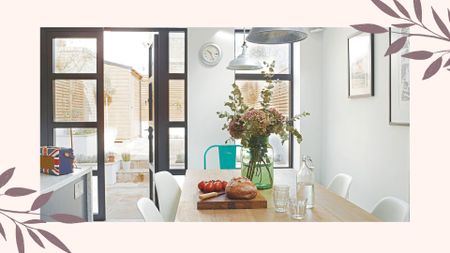 Kelly Hoppen shares her interior expertise to refresh homes accordingly now it's spring
Kelly Hoppen shares her interior expertise to refresh homes accordingly now it's springIt is time to say goodbye to the winter blankets and welcome the new season into your home
By Emily Smith Published
-
 Are coffee grounds good for houseplants? Here's what horticulture experts say
Are coffee grounds good for houseplants? Here's what horticulture experts sayCould your morning caffeinated pick-me-up be as beneficial to your beloved indoor plants as it is in the garden?
By Emily Smith Published
-
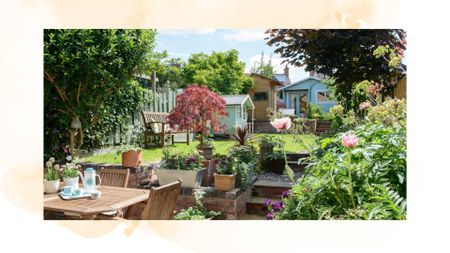 5 simple ways to reduce gardening costs this spring without sacrificing results
5 simple ways to reduce gardening costs this spring without sacrificing resultsLooking to cut costs this year? It's time to start making budget-friendly swaps in your garden, from solar power to home composting
By Emily Smith Published
-
 The best flowering houseplants to welcome a pop of uplifting colour
The best flowering houseplants to welcome a pop of uplifting colourLooking for houseplants with a little more colour? These flowering species are your solution and come in every colour you could want
By Emily Smith Published
-
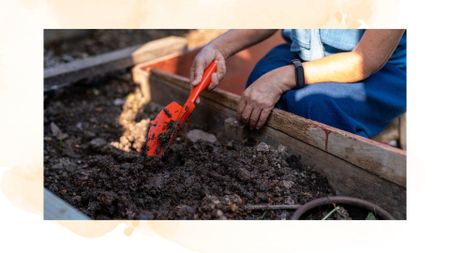 The common composting mistakes you need to avoid if you want to achieve a nutrient-rich heap
The common composting mistakes you need to avoid if you want to achieve a nutrient-rich heapIt turns out composting is not as straightforward as it seems, here are the mistakes you could be making with yours
By Emily Smith Published
-
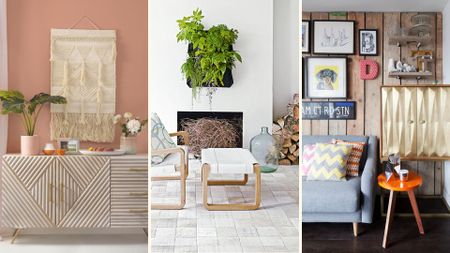 8 creative ways to decorate walls without paint: interior designer's budget-friendly tips to refresh rooms this spring
8 creative ways to decorate walls without paint: interior designer's budget-friendly tips to refresh rooms this springThese insider styling tricks will give your walls a new lease of life, at minimal effort and cost
By Katie Sims Published